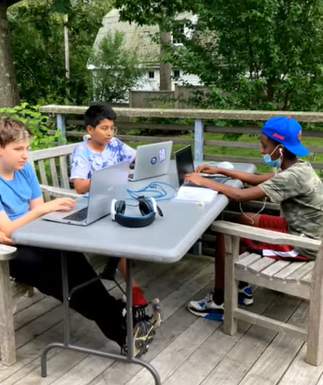
Editor’s note: This analysis from Mike McShane, director of national research at EdChoice, appeared last week on forbes.com.
Earlier today, the National Microschooling Center released a new report on microschooling in America based on a survey of 100 current and 100 potential microschool leaders. It paints a fascinating portrait of an emerging sector of the education system at a critical juncture in its history.
By all accounts, microschooling is growing in America. Networks like Prenda, KaiPod, Acton Academies, and Wildflower are expanding across the country. Estimating the total number of microschooling families is challenging, but in several of our recent EdChoice polls one in 10 parents have responded that their children are enrolled in a microschool.
There are many reasons to believe that number is inflated, but even if the true figure is a quarter of that, we are still talking about millions of schoolchildren.
The study offered numerous interesting findings.
First, while more than half of microschools are located in commercial business spaces or houses of worship, almost 14% are located in a private home and 1% are located in an employer-owned facility.
This diversification of school location both shows the potential for microschools conveniently located close to where people live and work and also raises questions about how issues of zoning, building codes, and the like will intersect with microschooling.
Second, microschools are experimenting with the school day and week. While 54% of microschools are in class full time, 46% offer some kind of hybrid or part-time schedule. Our polling at EdChoice indicates that a substantial proportion of parents (routinely 40-plus percent) would like some kind of hybrid schedule, and the numbers of microschools offering such a school week lines up quite closely to those figures.
Third, to comply with local regulations, around a third of microschools operate as private schools, while just over 44% operate as “learning centers” catering to homeschooled students. It is an underappreciated fact that states actually regulate private schools to a substantial degree, and it appears that many microschools are not able to function within those strictures.
By operating as a learning or enrichment center for students who are classified by the state as homeschooled, schools are able to operate in the ways that they want to. It is not clear if this is the optimal path going forward.
To continue reading, click here.


